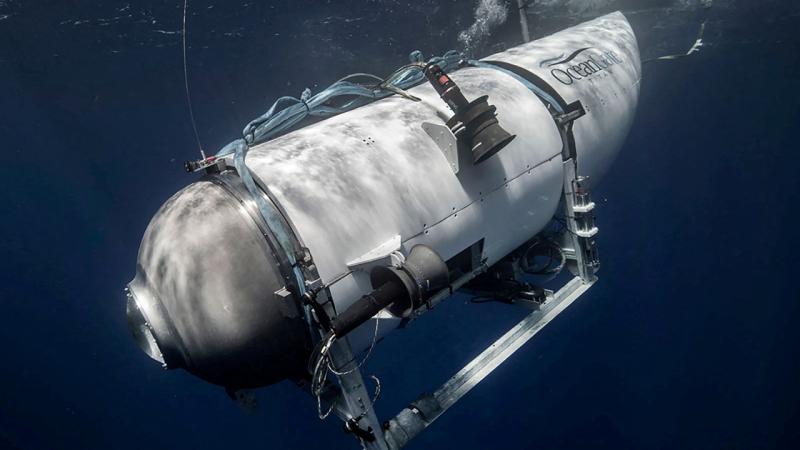The story of what we call the Bermuda Triangle (also known as the Devil’s Triangle), or “Bermuda Devil’s Triangle” to put the two together, began in 1964. The name was first used by American writer Vincent Gaddis in Argosy magazine to describe a triangular-shaped area in the Atlantic Ocean. Although Gaddis was the first to coin the phrase, it was Charles Berlitz, a much more famous figure, who brought it to international popularity.

Where is the Bermuda Triangle?
The Bermuda Triangle is a mythical section of the Atlantic Ocean, roughly bounded by Miami, Bermuda and Puerto Rico, where dozens of ships and airplanes have allegedly disappeared.
Long before the legend of the Bermuda Triangle became popular, Bermuda had a reputation as a magical island. It was nicknamed the “Devil’s Islands” by early sea travelers. However, this was not because of any mystery, but rather because of the eerie sounds of wild nature heard from the island. It was also known that the reefs around this island were dangerous. Christopher Columbus, passing through the area on his first voyage to the New World, reported that one night a large flame of fire (possibly a meteor) fell into the sea, and a few weeks later a strange light appeared in the distance.
The island’s mystical reputation was immortalized in Shakespeare’s play The Tempest, a tale of shipwreck and witchcraft. However, it wasn’t until the 20th century that the Bermuda triangle came to public attention.

There are no precise borders for the territory, but according to Encyclopedia Britannica, its total area is between 1.3 and 3.9 million square kilometers.
The Emergence of Assumptions about the Region
In March 1918, tragedy struck when the USS Cyclops, a Navy cargo ship carrying more than 300 crew on board and 10,000 tons of manganese ore, sank somewhere between Barbados and the Chesapeake Bay. The Cyclops never sent out an SOS distress call, despite being equipped to do so. Also, despite an extensive search, no wreckage was found. This was followed in 1941 by the disappearance of two of Cyclops’ sister ships on almost the same route, similarly without a trace. Over time, a judgment began to form that ships passing through the Bermuda Triangle would disappear.
In December 1945, five Navy bombers carrying 14 people took off from an airfield in Florida for a training exercise. But their compasses malfunctioned and the leader of the mission, known as Flight 19, was lost. All five planes flew until they ran out of fuel. But eventually they had to land in the sea. On the same day, a rescue plane and its crew of 13 also disappeared. After weeks of searching, no trace of the disappeared was found. The official Navy report said: “It was as if they had flown to Mars.”
The US Navy investigated the incident and eventually reported it as “unknown cause”. From the time of this incident until the mid-1980s, 25 small planes disappeared as they passed through the Bermuda Triangle. They were never seen again. No wreckage was ever found. In the end, all these stories captivated the public.
Theories and Counter-Theories about the Bermuda Triangle
Writer Vincent Gaddis dramatized the disappearance and published a fictional story titled “The Deadly Bermuda Triangle” (1964) in Argosy magazine. Later, Charles Berlitz, with his interest in the supernatural, wrote his own take on the subject in his book “The Bermuda Triangle” (1974). Scientific theorists, on the other hand, attributed the phenomenon to many other causes, such as magnetic anomalies, water cyclones or large explosions of methane gas.

